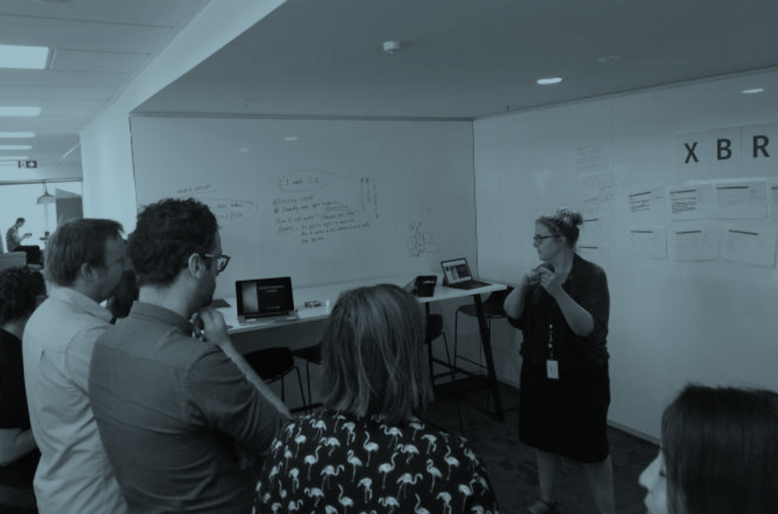Our team recently had a 'firebreak'; an exercise to pitch new ideas, prioritise and deliver value over a set amount of time.
The firebreak analogy speaks to the team getting a chance to have a 'breather' and do something other than the major pieces of work (epics etc.) planned throughout the year.
This can help prevent burnout from churning through stories/tasks associated with big pieces of work continually. GDS have used this model to good effect in the UK, and we wanted to give it a try.
The firebreak process
Initially, we ran a one week iteration to test how it could work. This involved the team:
- Submitting and presenting pitches (17 pitches in total)
- Self-filtering (if pitch reasonably not achievable over the sprint), and grouping similar ideas
- Voting on what they wanted to do
- Committing to delivering to the top ideas
- Assigning themselves to work
The idea pitcher owned the work and was responsible for delegating tasks etc., with a delivery team facilitating throughout. The teams updated everyone via stand-ups each morning, tracking progress and plans, talking through the work. The team demoed the work at the end of the sprint.
 The pitching hour :)
The pitching hour :)
Overall review
As a first iteration of this, it was a success and was well received by the team. Within some constraints, momentum was built up and value delivered.
Examples of deliverables included:
- New govt.nz design option prototypes - looking at future models that answer pressing user needs
- Migration of product codebase to github - enabling us to use Circle CI optimally
- Copyright attribution analysis - investigating use of key assets across govt.nz, auditing this
- Automation of consultation listings - research and outreach with the Canadian government, informing further work-plans
"You're the firestarter, twisted firestarter. I'm a firestarter, twisted firestarter starter."
Next steps
The firebreak has become part of the way that we do things. Feedback has been overwhelmingly positive, and we have a model on which to improve, with many ideas already on how to do so including:
- Using this time to test a Design sprint, where team will deliver a tested prototype
- Encouraging more participation at demo, pitching sessions from our business and user communities
- Better communication around what we do during firebreak, tangible outcomes etc.
We'll take what we learned into a 'full' firebreak during May and with the team already primed, we look forward to delivering more of the good stuff, improving services for our users along the way!